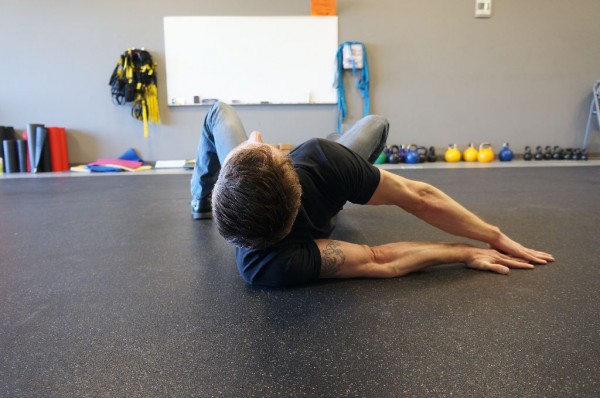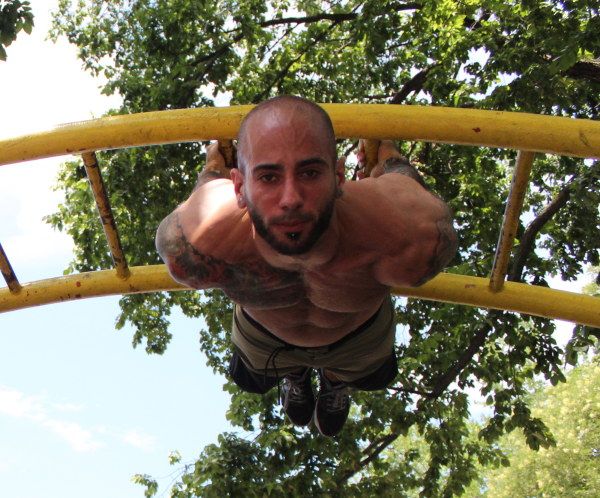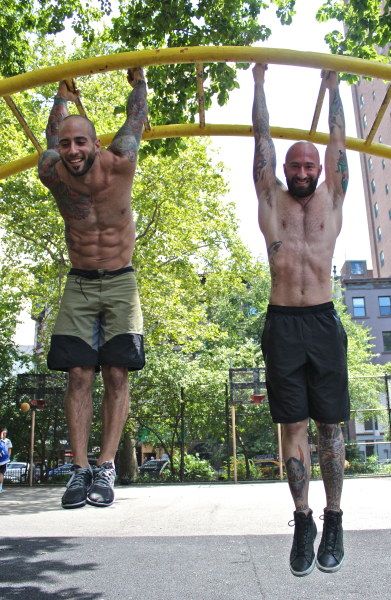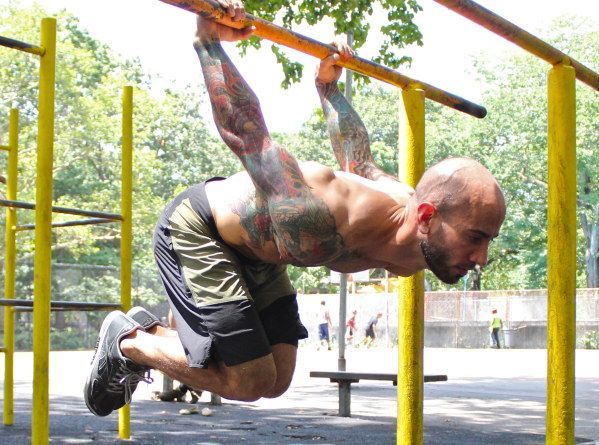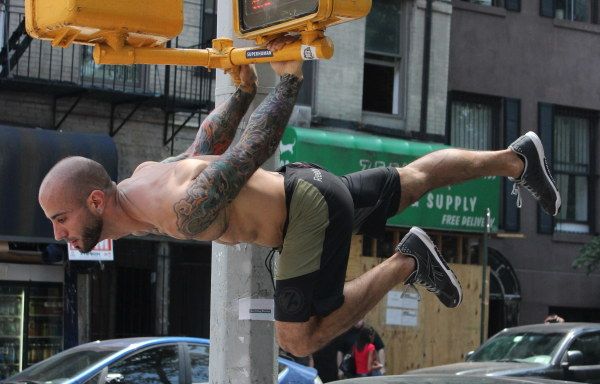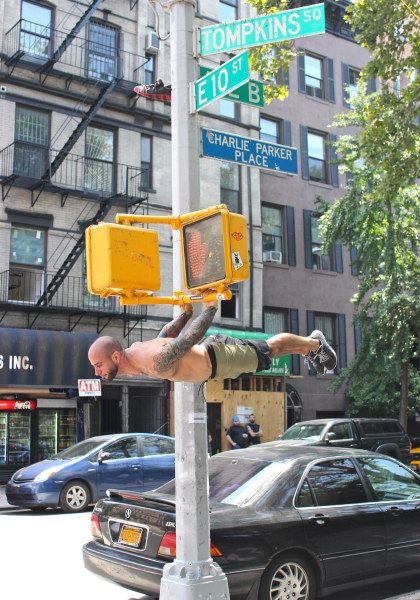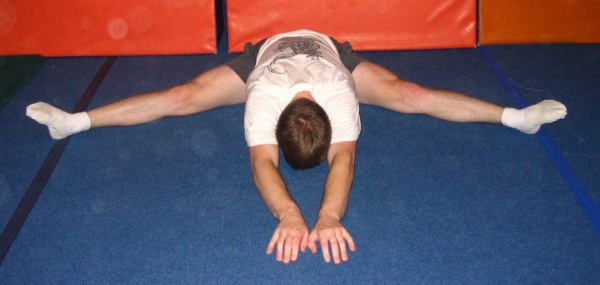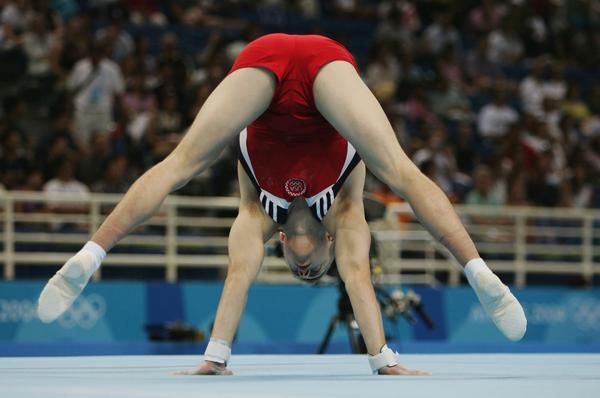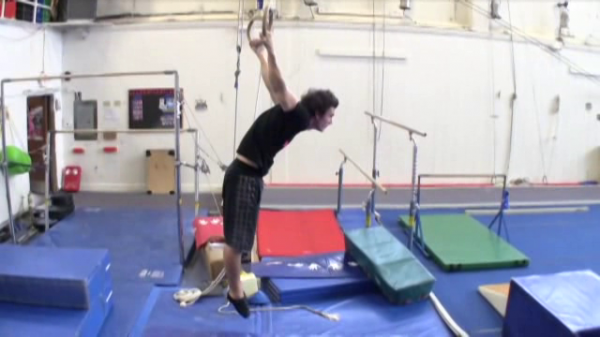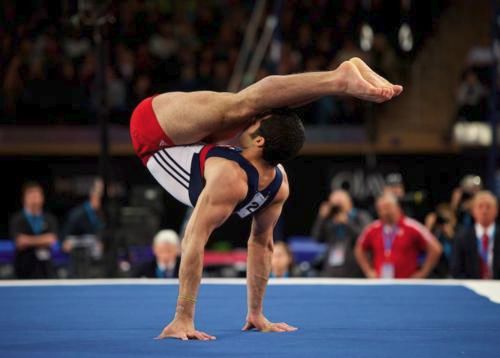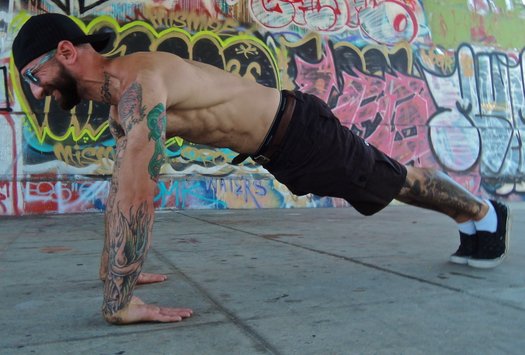
Push-ups. You move in one plane of motion, up and down.
Squats. The same thing. Pull-ups too.
Everyone here will agree that bodyweight exercises are great, but it’s important to realize that there are many, many different ways of doing them.
If all you ever do are one dimensional exercises, even if you build a lot of strength in them, your overall fitness and athleticism will remain one dimensional.
It’s a sad fact that one of the biggest things holding people back from hitting their training goals are injuries. Yet, with smart training these can largely be avoided. And if you do suffer from pain currently, there are always things you can do to work to improve your situation.
Whether you are rehabbing or pre-habbing (doing work that aims to prevent injuries), these exercises generally are the same.
So, what makes one of these exercises different than a regular exercise?
The focus on building flexibility and/or mobility along with a strength component.
The more mobile you are (up to a point), the more likely you can fully exert the strength of that joint and the surrounding tissue.
The more flexible you are (once again up to a point), the more likely you can fully exert the strength of that joint and the surrounding tissue.
When you recognize that strength must be used in combination with mobility and flexibility, then you see why you need to do more than just “straight line” and conventional exercises. The effects of this type of training help you to build an indestructible body.
Before we begin it is important that you move into these exercises slowly. While they will help strengthen your weak points, remember that you are still working on weak points! The difference between something that is good for you and something that is not, can be separated by very little intensity or volume, so you must ease in slowly. Be smart!
Cross Leg Squats
The knee is a simple hinge joint. As such, so many personal trainers and coaches become deathly afraid if it ever does anything outside of that ability. “If the knees go past the toes in a squat you’re going to wreck yourself!” they say.
But here’s the truth: If your body can move in a way, that ability can be strengthened. And if it is strengthened then you’ll have less of a chance for injury. Not only do cross leg squats work the knees, they stressing them in a plane of movement they don’t normally go—and the ankles get worked too.
Begin by sitting with your legs crossed, then rock your weight forwards and press on the sides of your feet, extending your legs until you come to a standing position. Make sure to try it with your legs crossed both ways.
For assistance you can grab onto a doorknob or other solid object to help. You don’t need to do a lot of reps, but instead work to make this an easy way you can get up from the ground at any time.
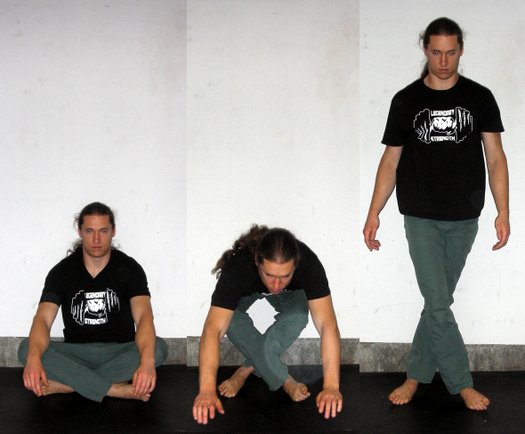
Sit to Cossack Squat
Was that last one too easy for you? I’m guessing that’s the case for many people reading here. So try this challenge.
Do a Cossack squat to one side while keeping the heel flat on the floor. Once at the bottom, sit back until your butt is sitting on the floor. Now rock back up to Cossack squat, switch sides and repeat.
If you need assistance use your hands to get back up, but the challenge is to do it without them, while trying to use as little momentum as possible. This takes some deep flexibility, and you may notice that your knees don’t necessarily track your toes.
This video shows it in action as well as the secret I found to performing it after much frustration and failure to do it.
Let’s move onto the upper body. This is a fairly advanced move that I covered before here on the PCC Blog: One Arm Bridge, Twists, and the Valdez.
It’s so useful I’m bringing it up again. The twist in particular builds shoulder stability and strength in an extended range of motion. It even works the wrists in a flexible manner.
At the same time the spine is in full flexion and then twists. A big “no-no” that I say yes to!
Back of the Wrist Pushups
An important thing to realize when doing these “outside the box” exercises is that you can still follow the same rules of progress as you would in all your other training.
Back of the wrist push-ups are a great complement to doing lots of push-ups and handstands. In regular push-ups and handstands, your wrist is extended back. But here, you flex your wrist fully and put the weight on the back of the hand. This builds strength and toughness in the wrists, but also works the elbow joints in a big way.
Start slowly with these, as in kneeling push-ups. You can hold for time or rep them out. Progress to regular push-ups when you’re able to. Remember to go slow.
I decided to see just how far I could progress with this and worked my way up to a back of wrist handstand push-ups.
Here’s the great part about these exercises and the hundred, if not thousands, of other moves like them. You don’t need a whole lot to get the benefits.
Doing a few of these exercises, like a few reps in a single set, will be enough to get better at them, and reap the benefits.
Any of the following will work:
- Add them to your warm-up.
- Add them to your cool down.
- Add them to your stretching program.
- Add them to your mobility work.
- Do a few on your off days.
- Do them as part of a morning wake up routine.
You can work through your entire body or just focus on one area at a time.
If you enjoyed this article let me know in the comments section below. I’d love to share more exercises with you in the future!
***
About Logan Christopher: Logan Christopher has been called a physical culture renaissance man as he is accomplished in a wide range of strength skills from kettlebell juggling, performing strongman stunts, and bodyweight exercises. He is the author of numerous books including Secrets of the Handstand and The Master Keys to Strength & Fitness. In addition, he’s spent the last several years going deep into mental training to find out what it takes to really excel and tactics that can help people instantly improve their exercises. You can find out more about all this at http://www.legendarystrength.com/.
